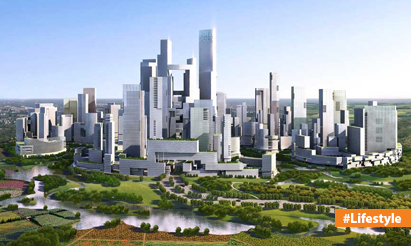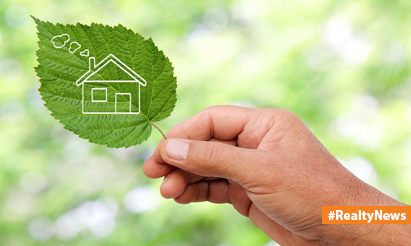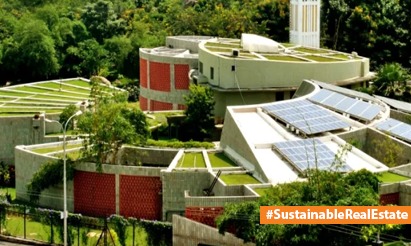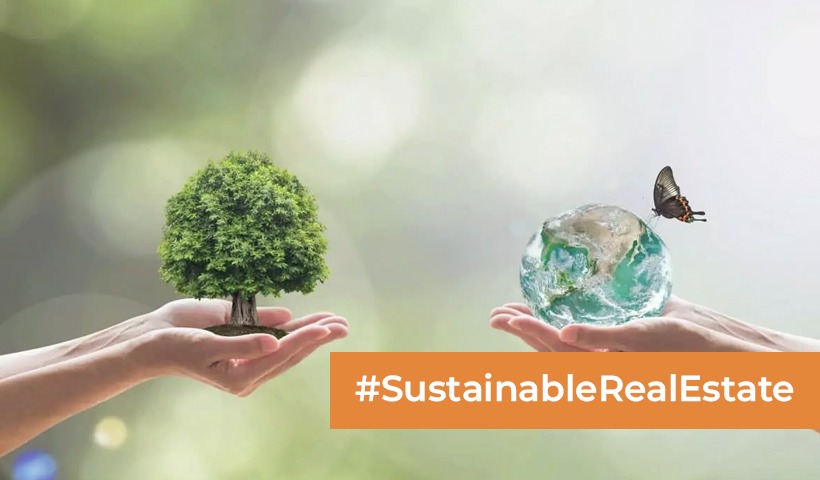Cracking the Heat Code: Exploring Cooling Techniques in the Concrete Jungle!
As urbanization continues to shape the modern world, the rise of concrete jungles—dense urban areas characterized by towering buildings and asphalt expanses—brings with it a significant challenge: urban heat. The phenomenon known as the urban heat island effect has far-reaching implications for cities and their inhabitants. However, cities around the globe are stepping up to the challenge by implementing innovative strategies to cool the concrete jungle and create more comfortable living environments. In this blog, we’ll delve into the importance of cooling urban areas, the factors contributing to the heat island effect, and the ingenious solutions being employed to create cooler, greener cities.
Understanding the Urban Heat Island Effect
The urban heat island effect occurs when urban areas experience higher temperatures than their surrounding rural counterparts. This phenomenon is primarily due to the abundance of heat-absorbing materials like concrete and asphalt, as well as limited vegetation and green spaces. The concentration of human activities, energy use, and vehicular emissions further exacerbates the problem, leading to elevated temperatures that impact air quality, energy consumption, and public health.
Innovative Solutions for Urban Cooling
- Green Roofing: One of the most effective methods to combat urban heat is the integration of green roofs. By covering rooftops with vegetation, cities can significantly reduce the amount of heat absorbed and reflected by buildings.
- Urban Green Spaces: Increasing the number of parks, gardens, and green spaces within cities helps counteract the heat island effect. These areas provide shade, decrease surface temperatures, and improve air quality.
- Reflective Surfaces: Using reflective or cool roofing materials on buildings can reflect sunlight and reduce heat absorption, contributing to cooler ambient temperatures.
- Cool Pavements: Light-colored or reflective pavements can minimize heat absorption from the ground and reduce surface temperatures.
- Vertical Gardens: Vertical gardens and living walls not only enhance the aesthetics of urban spaces but also contribute to cooling by providing shade and releasing moisture into the air through transpiration.
- Urban Forestry: Planting trees strategically throughout the city provides shade, improves air quality, and reduces overall temperatures through a process called evapotranspiration.
- Smart Design: Urban planners are incorporating smart design elements like narrower streets, wider sidewalks, and mixed land use to optimize airflow and encourage pedestrian-friendly environments.
Benefits Beyond Temperature Reduction
The efforts to cool the concrete jungle go beyond temperature reduction. Creating greener, cooler cities can enhance residents’ quality of life by improving air quality, lowering energy consumption, and promoting healthier lifestyles. Cooler cities also attract more people, bolster tourism, and encourage outdoor activities, fostering a sense of community and connection.
Conclusion
Cooling the concrete jungle is not just an environmental imperative; it’s a necessity for the well-being of city dwellers. The innovative solutions mentioned above demonstrate that cities can take concrete steps to mitigate the heat island effect and create more livable, sustainable urban environments. By embracing these strategies and working collectively to combat urban heat, we can ensure that our cities remain vibrant, thriving places that prioritize the health, comfort, and happiness of their residents.
Disclaimer: The views expressed above are for informational purposes only based on industry reports and related news stories. PropertyPistol does not guarantee the accuracy, completeness, or reliability of the information and shall not be held responsible for any action taken based on the published information.




